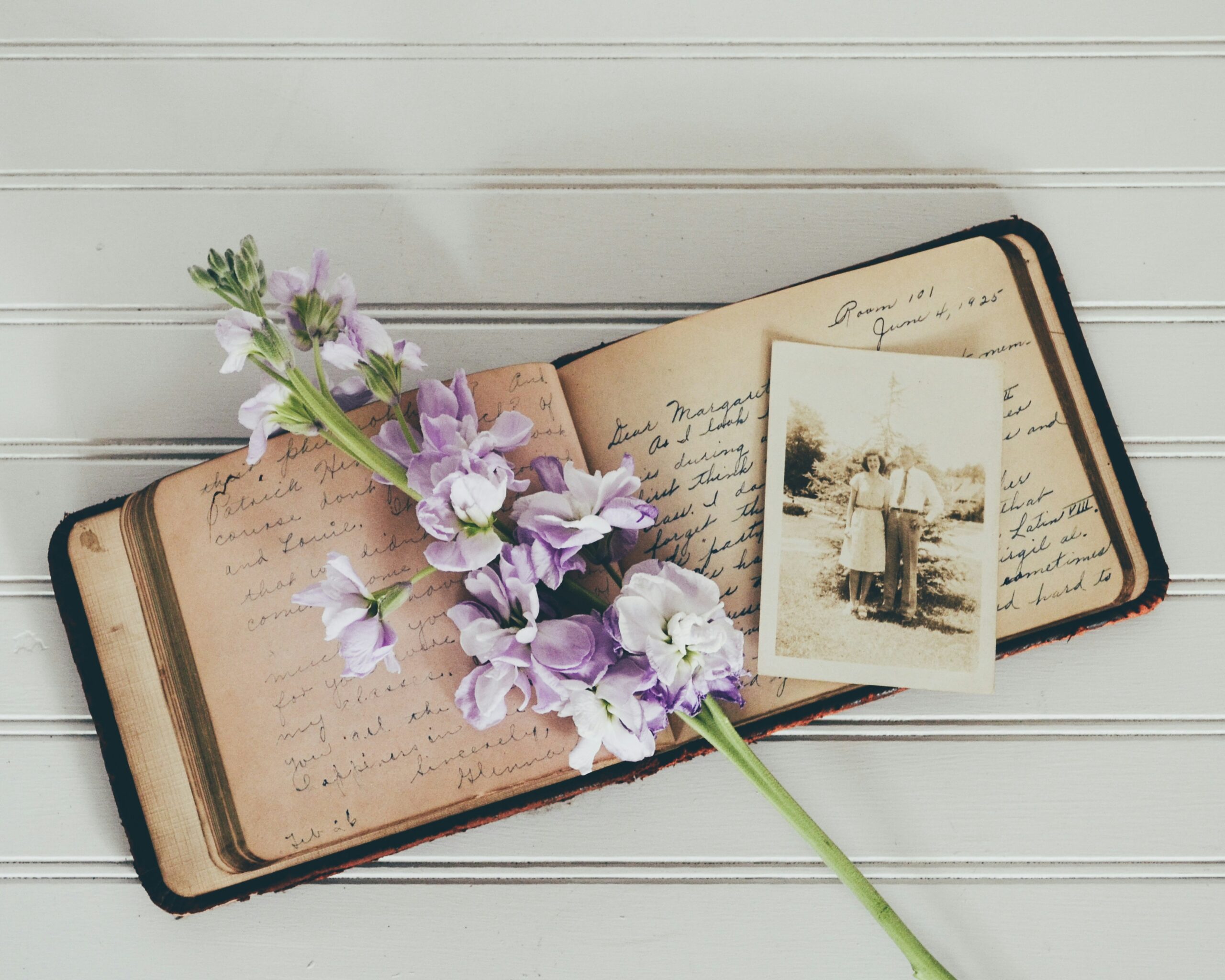7 Results in the "Creative Writing" category
-

Do you want to tell your story? A memoir is a powerful way to share your life experiences, lessons, and unique perspectives with the world. It’s a journey of self-discovery, healing, and leaving a lasting legacy. However, creating a compelling memoir that captivates readers can be a daunting task. This comprehensive guide will provide you with valuable tips and strategies to help you craft…
-

Writing a novel is a complex and daunting task, but with the right tools, the process can become more manageable and enjoyable. In recent years, a variety of software applications have been developed to assist writers in plotting their novels, organizing their ideas, and keeping track of their characters and storylines. In this article, we’ll explore the world of novel plotting software, compare some…
-

Writing a novel is a daunting task that requires dedication, perseverance, and a well-stocked arsenal of creative writing strategies. Whether you’re a seasoned author or a budding wordsmith, this comprehensive guide will equip you with the tools and techniques to elevate your storytelling prowess and bring your literary visions to life. The Art of World-Building Crafting a captivating narrative starts with the creation of…
-

Suspense is the lifeblood of captivating storytelling, keeping readers on the edge of their seats, hearts racing, and pages turning. Whether you’re a seasoned novelist or an aspiring writer, mastering the art of crafting suspenseful scenes is a skill that can elevate your work to new heights. In this comprehensive guide, we’ll delve into the secrets of creating tense, gripping narratives that leave your…
-

As a parent or guardian, you know how important it is to nurture your teen’s passion and talents. If your child has a flair for storytelling and a love for the written word, enrolling them in creative writing classes can be a game-changer. These classes not only help develop their writing skills but also foster creativity, critical thinking, and self-expression. In this comprehensive guide,…
-

Introduction Writing is a beautiful art form that allows you to express yourself, tell stories, and connect with others. Whether you’re a seasoned writer or just starting out, attending creative writing workshops can be an invaluable experience. These workshops provide a supportive environment where you can hone your skills, receive constructive feedback, and learn from experienced instructors and fellow writers. In today’s digital age,…
-

As a young adult, the world of creative writing can seem daunting, yet it holds the key to unlocking your imagination and sharing your unique voice with the world. Whether you aspire to become a published author, a screenplay writer, or simply wish to hone your writing skills, this comprehensive guide is here to help you embark on an exhilarating journey of self-expression and…
